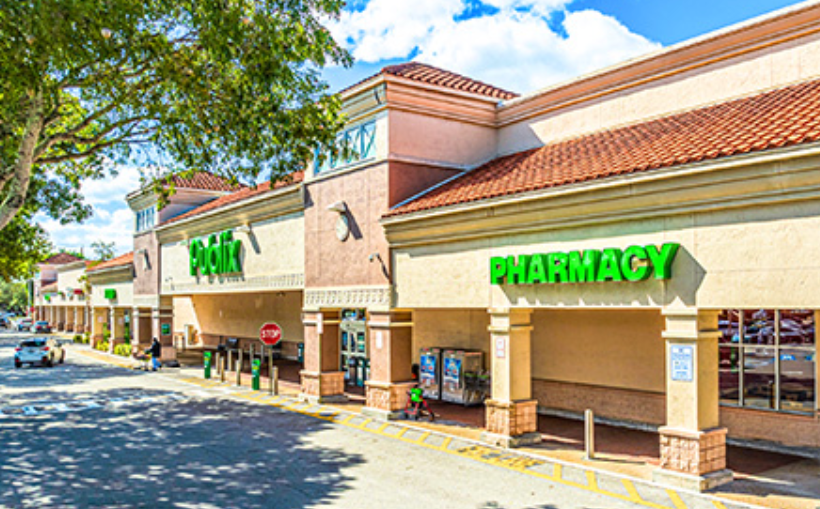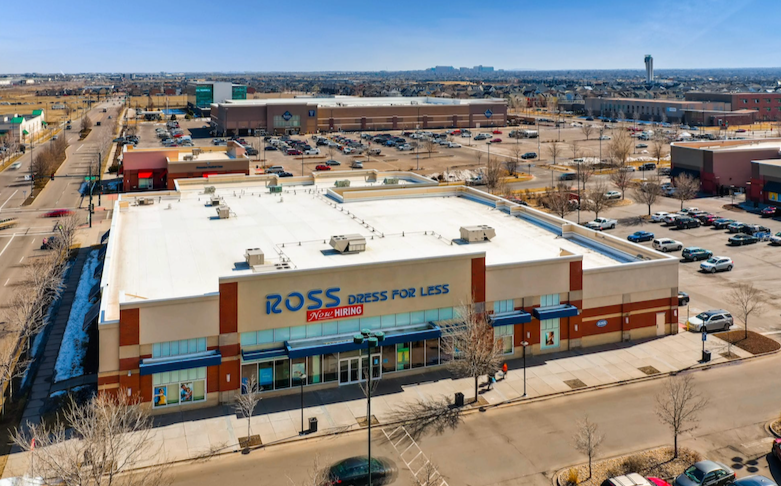**Rethinking Office Norms: McKinsey Highlights the Need for a Flexible Future in Workplace Design**
Amid an ever-evolving debate over workplace preferences, a recent report by McKinsey & Company challenges the notion of binary, “all or nothing” approaches to where and how people work. The report, titled *”Flexible Work’s Enduring Appeal Affects Workers, Employers, and Real Estate”*, critiques what it refers to as “absolutist thinking” about work environments—a mindset in which perceptions flip between full-time office presence and complete remote work.
Here’s the pattern of such thinking:
– Before COVID-19, going into the office every day was the norm.
– During the pandemic, offices emptied as remote work took over.
– Now, some assume that offices are once again packed to capacity.
But reality defies these extremes.
McKinsey’s insights, based on data from its American Opportunity Survey, show that hybrid work models were already in place even before the pandemic. Not all offices turned into ghost towns during lockdowns, and today’s return to offices is more nuanced than the sweeping generalizations suggest. The data reveals only a modest increase in on-site working since 2022. In fact, by 2024, slightly fewer Americans were working fully remotely, while a slightly higher number returned to in-person work—but the overall shift remains gradual and balanced.
This evolving dynamic signals a need to move beyond pre-pandemic office strategies. Instead, commercial real estate and employers must pivot toward accommodating contemporary demands. McKinsey recommends several key steps:
**Upgraded Office Environments**
Modern offices must go beyond desks and meeting rooms. Investing in technology, robust connectivity, and sustainable infrastructure is essential. New office designs should empower collaboration and act as magnets for talent.
**Convenient and Accessible Locations**
Remote employees tend to live farther from their offices. To attract them back—even on a part-time basis—workspaces should focus on employee well-being and easy collaboration. Prioritizing locations near public transit can also help ease commuting concerns for both remote and on-site workers.
**Flexible Leasing Options**
To navigate uncertainty and test ideal space utilization, companies should have access to adaptable lease agreements. These arrangements allow employers to experiment with different workplace models, helping them stay agile and competitive.
In light of this flexible work era, both employers and the commercial real estate sector must move away from rigid ideas of how—and where—work should happen. The future of office space lies in fluidity, design innovation, and a deep understanding of modern workforce expectations.




